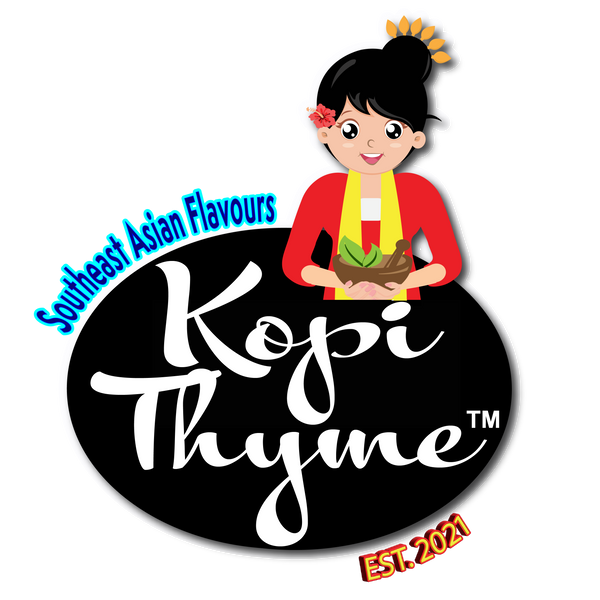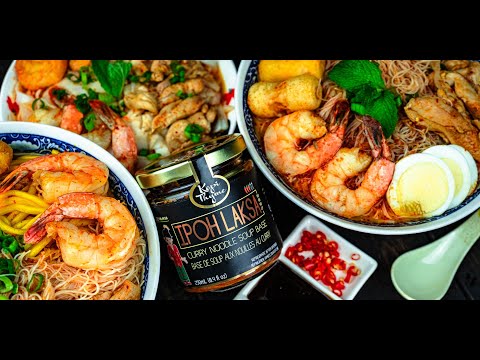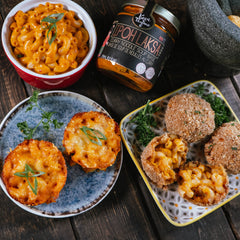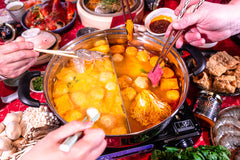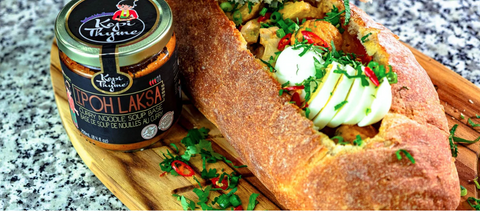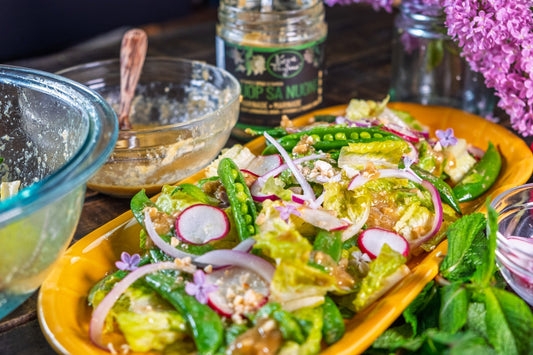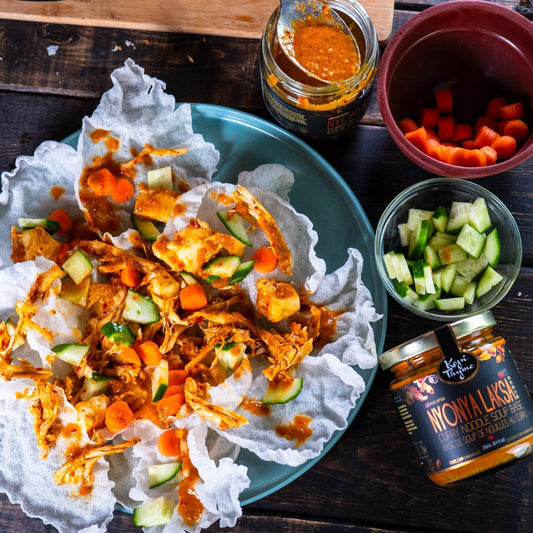




Shipping & Return Policy
Shipping
Shipping only available Canada-wide at the moment.
We are located in Mississauga and ship from Toronto/Mississauga, Ontario. Transit times are estimates and based on business days and are never guaranteed. Delivery times range from 2-5 business days. Shipping times range from 4-6 business days within Ontario, 5-10 business days for other provinces in Canada.
Please allow for longer time range during the Holiday seasons as this may vary in shipping times.
CURB-SIDE PICK UPMISSISSAUGA/BRAMPTON - MAVIS AND AVONWICK LOCATION This option will show at the "CHECKOUT" page and select for a "Pick-Up" option. Once your order is confirmed, we will contact you via email/text on pick up details. Please allow 1-3 business days to process your order. |
FREE Delivery (GTA areas)
All orders over $25 across Mississauga, Brampton, Oakville, Burlington and Etobicoke
All orders over $50 across Greater Toronto Area (GTA) other than
Mississauga, Brampton, Oakville, Burlington and Etobicoke
FREE standard shipping:
All orders over $25 across Mississauga, Brampton, Oakville, Burlington and Etobicoke
All orders over $50 across Ontario
All orders over $85 Canada-wide (outside Ontario)
DOMESTIC SHIPPING (CANADA-WIDE)
|
Province |
Shipping Cost |
|
Alberta |
$22 on Orders below $85 FREE shipping on Orders $85+ |
|
British Columbia |
$24 on Orders below $85 FREE shipping on Orders $85+ |
|
Saskatchewan & Manitoba |
$21 on Orders below $85 FREE shipping on Orders $85+ |
|
Newfoundland and Labrador |
$22 on Orders below $85 FREE shipping on Orders $85+ |
|
Prince Edward Island |
$22 on Orders below $85 FREE shipping on Orders $85+ |
|
Nova Scotia |
$22 on Orders below $85 FREE shipping on Orders $85+ |
|
New Brunswick |
$22 on Orders below $85 FREE shipping on Orders $85+ |
|
Ontario |
FREE shipping on Orders $50+ Ontario or outside Mississauga, Brampton, Oakville, Burlington and Etobicoke Outside GTA : Flat rate $16 on Orders below $50. GTA : Flat rate $10 on Orders below $50 |
|
Quebec |
$19 on Orders below $85 FREE shipping on Orders $85+ |
|
Nunavut |
$35 on Orders below $85 FREE shipping on Orders $85+ |
|
Yukon & Northwest Territories |
$25 on Orders below $85 FREE shipping on Orders $85+ |
Shipping charges for your order will be calculated and displayed at checkout after shipping address has been entered.
If you need any assistance with your order, please contact us at orders@kopithyme.com.
We will not be able to make changes to your order after it has shipped.
*We are not responsible for shipping carrier delays.
*Shipping fees are subject to change at any time due to volatility of fuel charges and rising carrier rates.
*It is your responsibility as a buyer to track the package. If you haven't received your package within 30 days if within Canada, please do let us know so that we can help you. If you fail to report it to us, we won't be able help file a claim with the carrier to find your package.
Returns
We promise to do our best to deliver amazing products, so please let us know if you're not happy with our products.
That said, here are some things you might want to know:
We have a 15-day return policy. If 15 days have gone by since your purchase, unfortunately, we can’t offer you a refund or exchange.
To be eligible for a return, your item must be unopened and in the same condition that you received it. It must also be in the original packaging.
To complete your return, we require a receipt or proof of purchase.
Refunds (if applicable)
Once your return is received and inspected, we will send you an email to notify you that we have received your returned item. We will also notify you of the approval or rejection of your refund. If you are approved, then your refund will be processed, and a credit will automatically be applied to your credit card or original method of payment, within 7 business days.
You can always contact us for any return question at orders@kopithyme.com.
